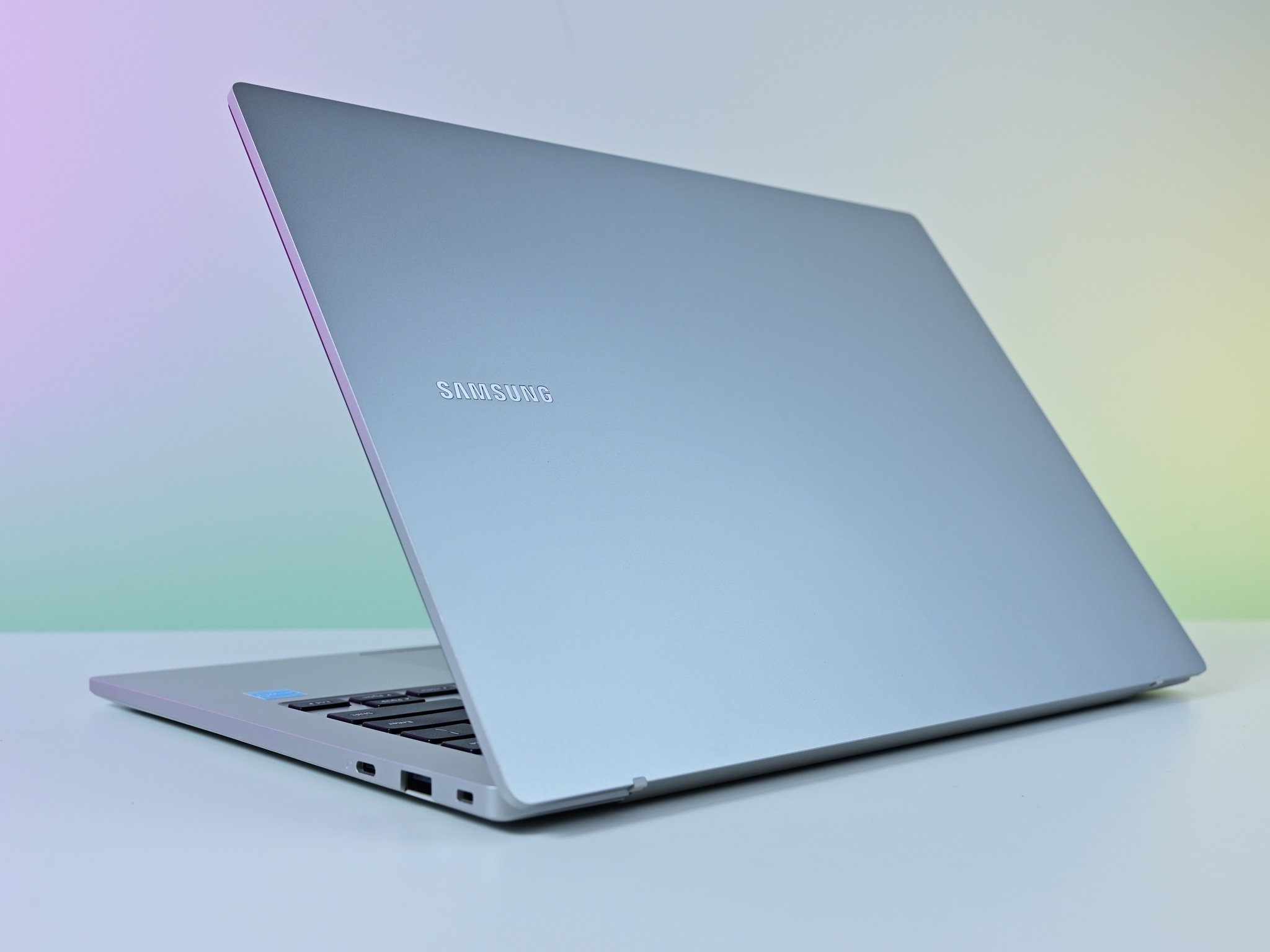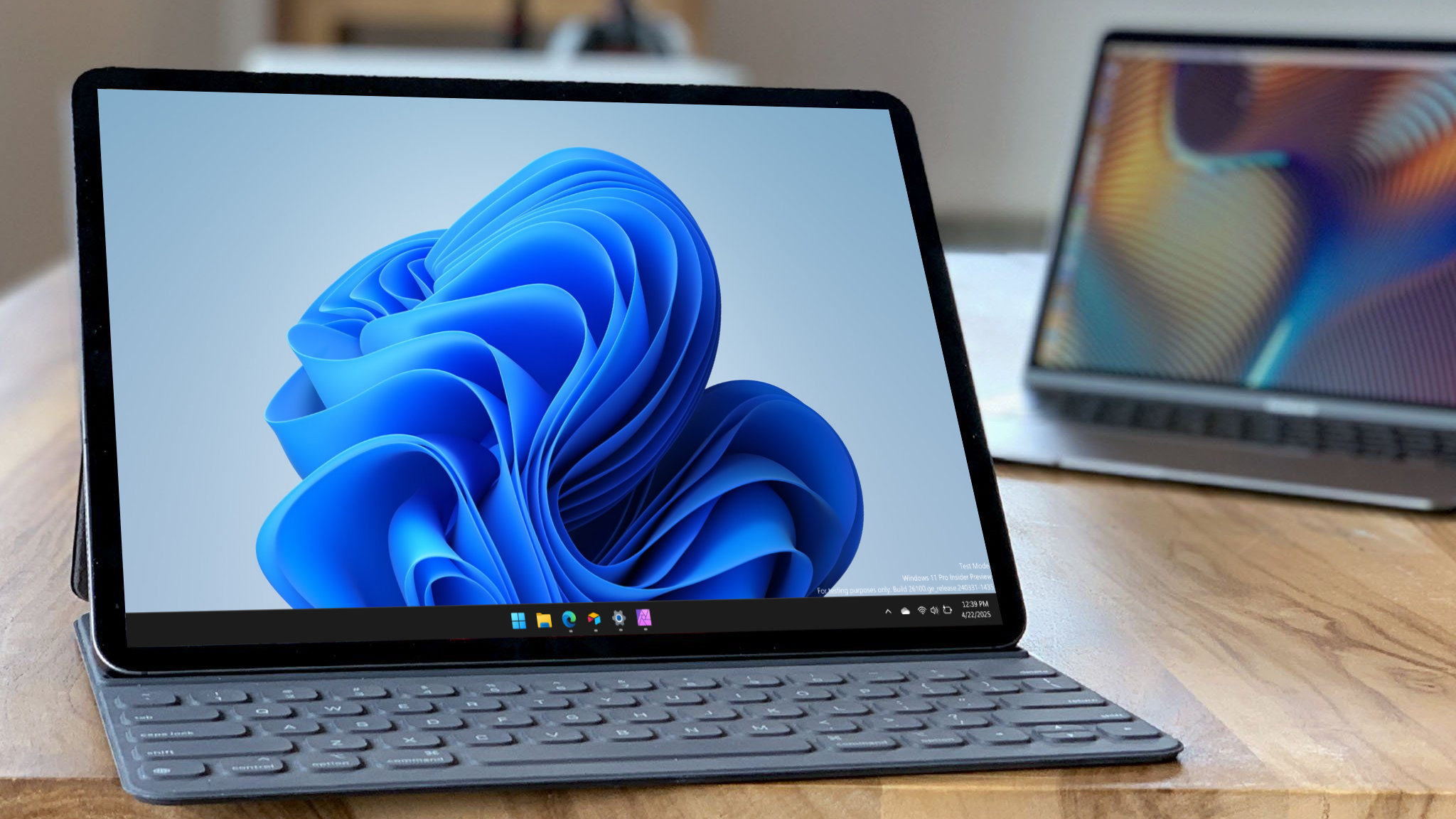The promise of ARM-based processors in Windows laptops spans from super-thin, ultra-light, and fanless premium PCs to the lower-cost budget laptops. While there have been plenty of the former over the last few years, we haven't seen ARM-based PCs push down hard on the ultra-affordable market — until the Galaxy Book Go.
Starting at $350 (although on sale for $300), the Galaxy Book Go has a lot going right for it considering that ultra-low price point. But while this is one of the first thin and fanless budget laptops that also gets decent battery life, the Snapdragon 7c Gen 2 is still at least a generation away from being truly great.
While there is always a ton of compromise when you talk about laptops at the $300 mark, Samsung offers up something unique to the market, and it gets a lot right in doing so.
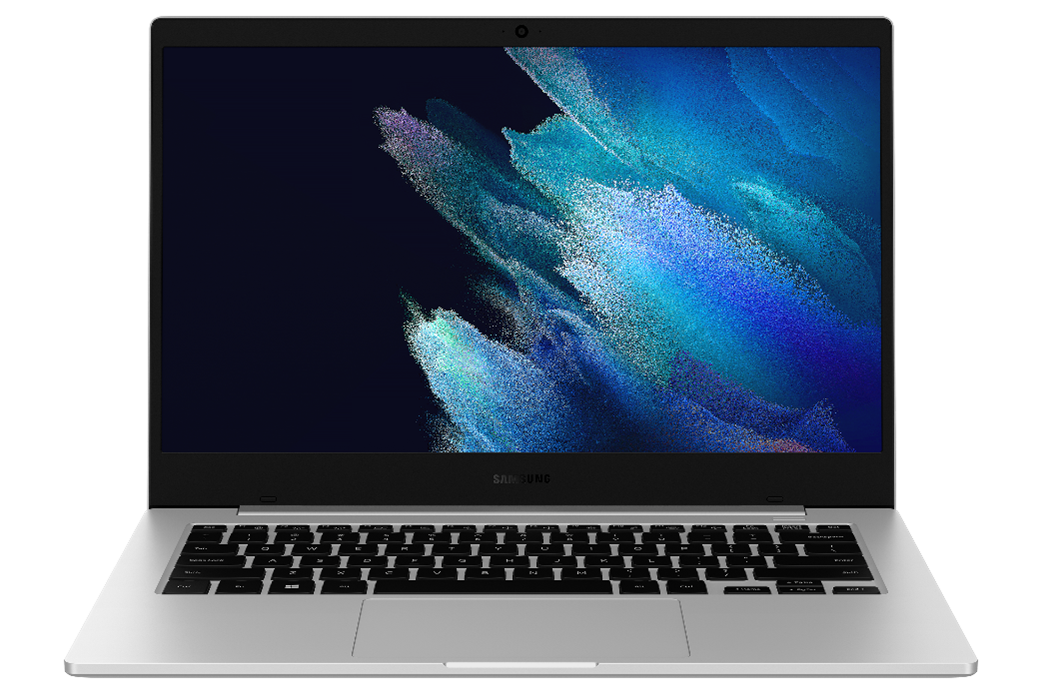
Bottom line: Samsung merges its excellent laptop design chops with a low-powered ARM processor to make a very affordable laptop that falls just short of being great.
For
- Excellent build quality
- Nice size display, trackpad, keyboard
- Fanless, thin design
- Windows 11-ready
- Samsung app ecosystem
Against
- Processor performance is OK
- Display quality is not the best
- Only decent battery life
Samsung Galaxy Book Go: Price and availability
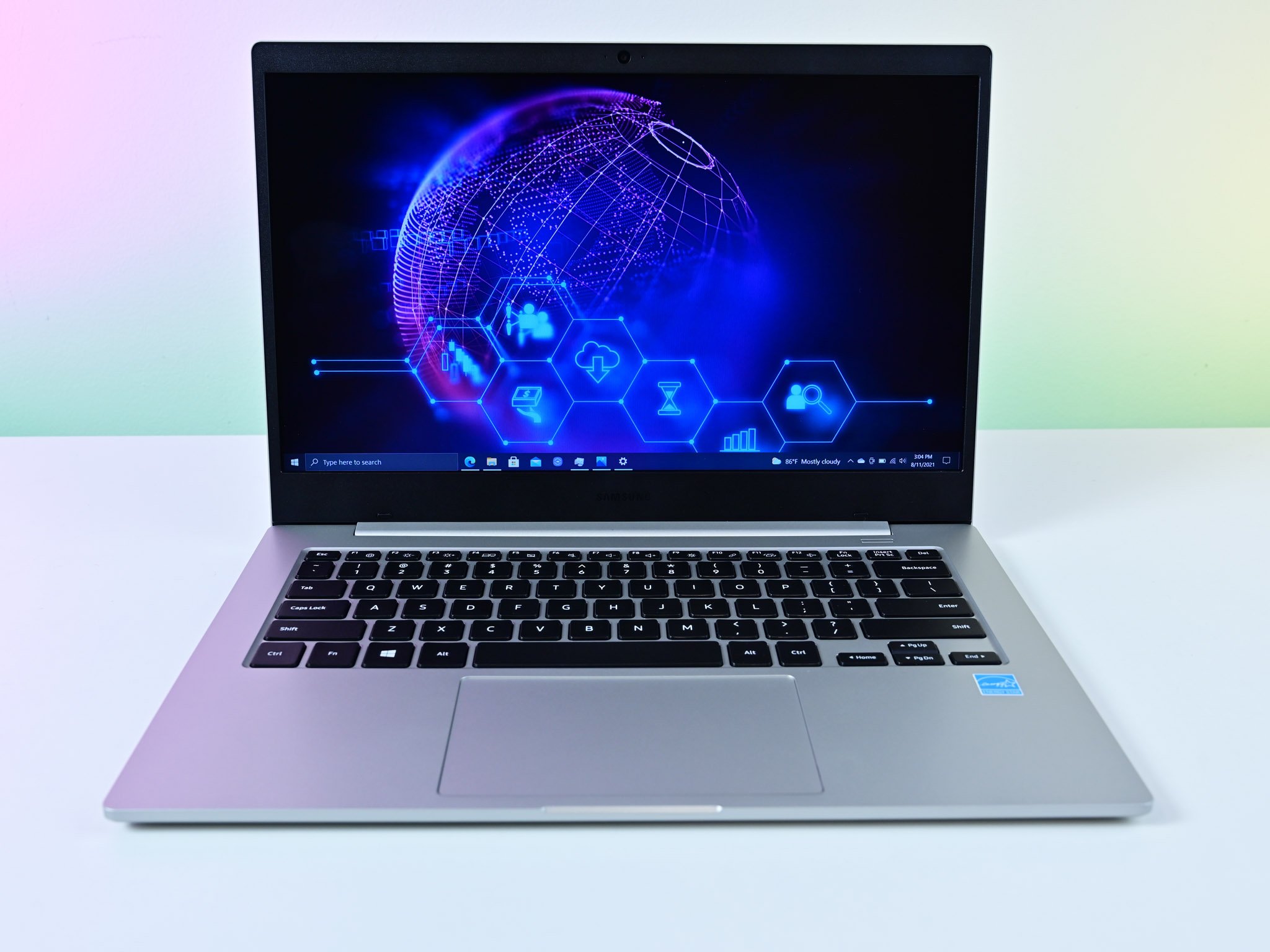
The Galaxy Book Go is now available through Samsung, Amazon, Walmart, and various other retailers.
The entry-level version begins at $350 (and is reviewed here), although it can be found on sale for $300 from the resellers mentioned above. That version includes 4GB of RAM, 128GB of eUFS internal storage and is Wi-Fi only.
A 5G-enabled version with 8GB of RAM is expected later in 2021.
Samsung Galaxy Book Go: What's good
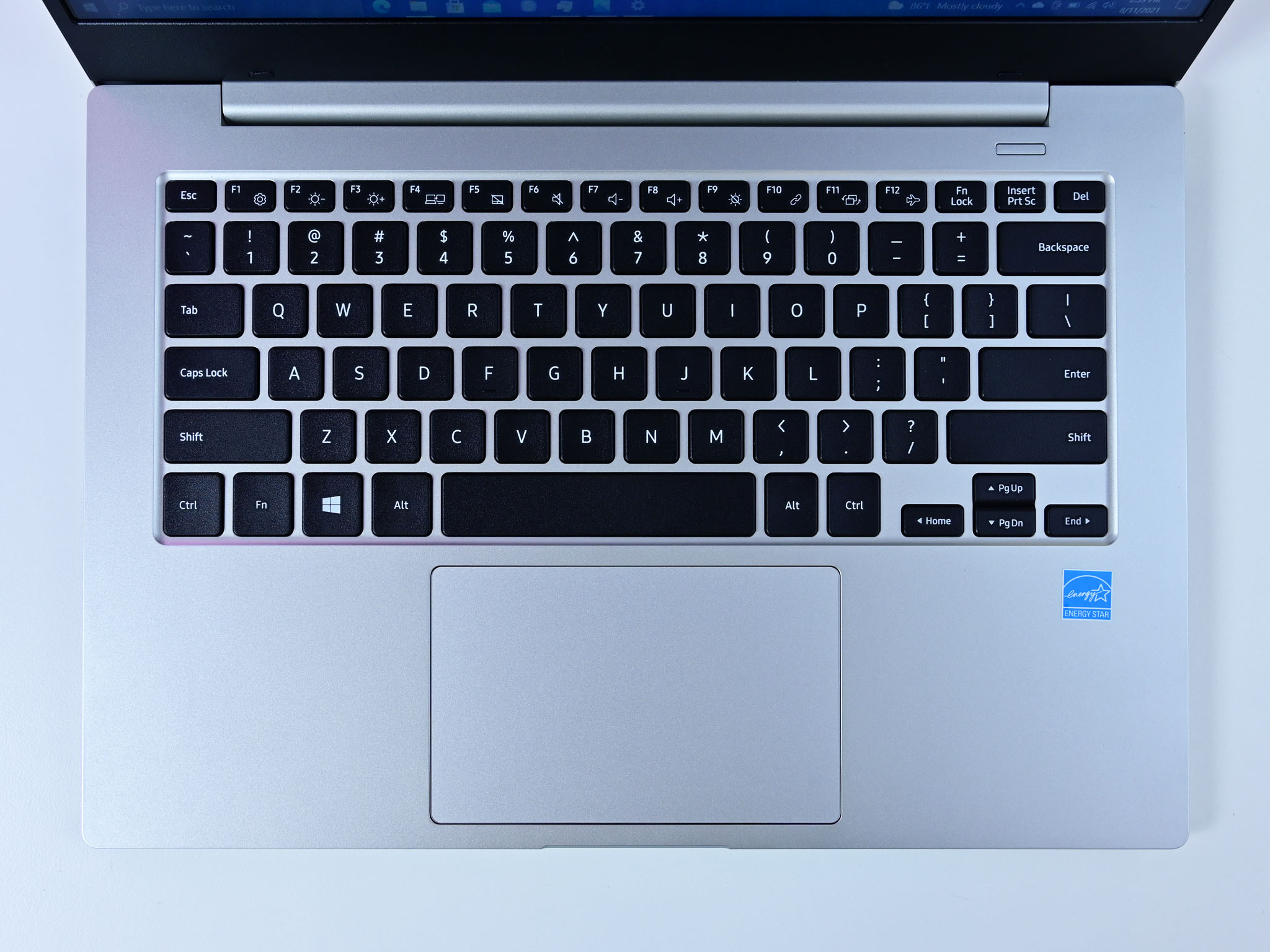
The Galaxy Book Go is an entry-level standard Windows laptop. It features a nicely sized 14-inch full HD TFT display that is non-touch with a 16:9 aspect. The chassis is a mix of metal and plastic that has some mild creaking, which is not unexpected at this price level. That also contributes to the decent 3.04-pound weight (1.38kg), which isn't super light but not too heavy either.
It's also worth pointing out the Galaxy Book Go is, comparatively, very thin at just 14.9mm. Every sub-$500 laptop is at least 17.5mm but often closer to 19mm thick. That also translates into more weight, too, and with no fan, the Galaxy Book Go is always quiet.
Compared to other Windows PCs in this category, the Galaxy Book Go is unusually thin.
Two Dolby Atmos speakers are on the bottom, which is not ideal, but they do sound much better than previous budget laptops of the past.
The full-sized keyboard sports chicklet-style keys with decent travel, and it's pretty enjoyable for long typing sessions. The trackpad features Microsoft Precision drivers, is quite massive, and it has a satisfying click.
For ports and features, there is a front-facing 720P webcam that is passable. There are two Type-C ports (one on each side, which is ideal as either can be used for charging), one legacy Type-A port, and even a microSD card slot. That's a very modern offering and nice to see. There is even a tiny LED on the left side for charging status: red when charging, green when charged, and blue when used.
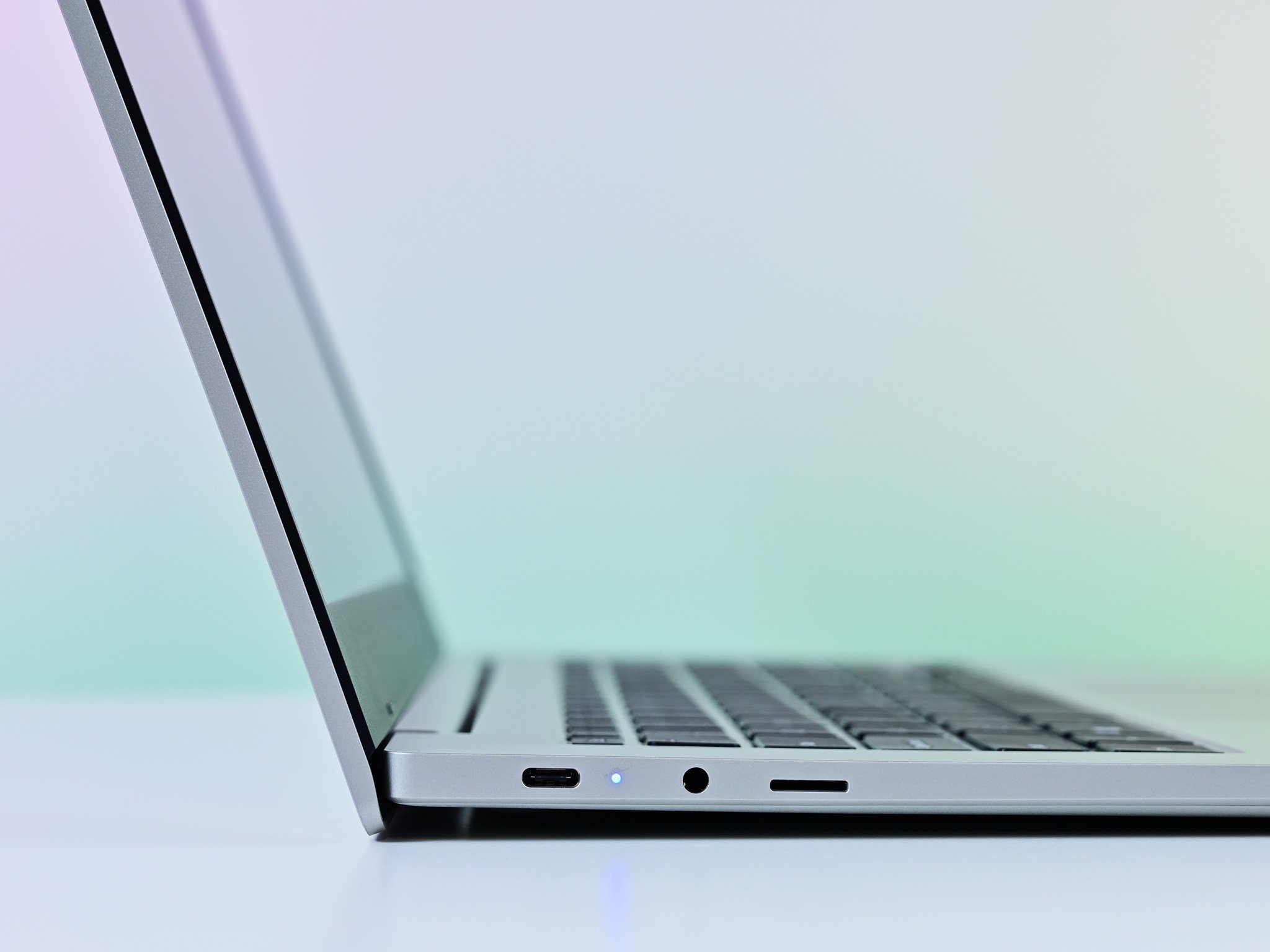
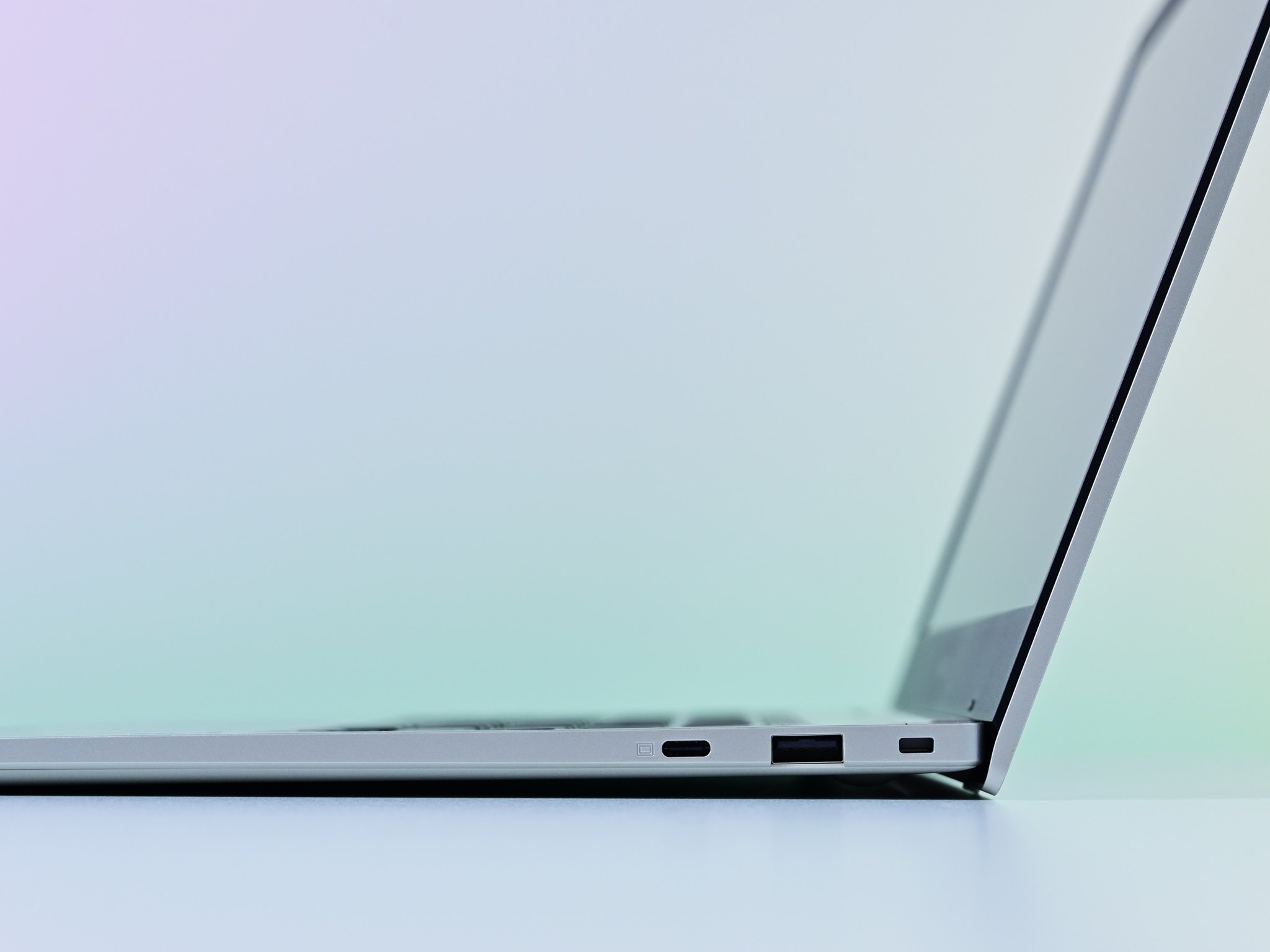
| Category | Galaxy Book Go/5G |
|---|---|
| Operating system | Windows 10 Home or Pro |
| Display | 14-inch TFT Full HD (1920x1080) non-touch |
| Processor | Qualcomm Snapdragon 7c Gen 2 |
| Graphics | Qualcomm Adreno |
| Memory | 4GB or 8GB LPDDR4x |
| Storage | 64GB or 128GB eUFS |
| Expandable storage | microSD |
| Camera | 720p HDDigital microphone |
| Connectivity | Wi-Fi 5 AC4G LTE (optional) |
| Ports | 2x USB Type-C1x USB 2.0Headphone/micNano Security slotnano SIM |
| Audio | 2x Dolby Atmos |
| Battery | 42.3WHr |
| Power | 25W USB Type-C Fast Charger |
| Dimensions | 323.9mm x 224.8mm x 14.9mm |
| Weight | 3.04 pounds (1.38kg) |
| Colors | Silver |
Performance is a mixed bag. The Qualcomm Snapdragon 7c Gen 2 is OK for web browsing, email, use with Microsoft Office, moderate photo editing, and even watching movies. Still, it struggles when running heavier apps, especially with x86 app emulation. The Galaxy Book Go edges out the Surface Go 2's Intel Core m3-8100Y processor due to the better multi-core support. However, the differences are marginal and will disappear when you run apps not compiled for ARM. Intel's chip is also from 2018, while we're talking about a Qualcomm chip from 2021.
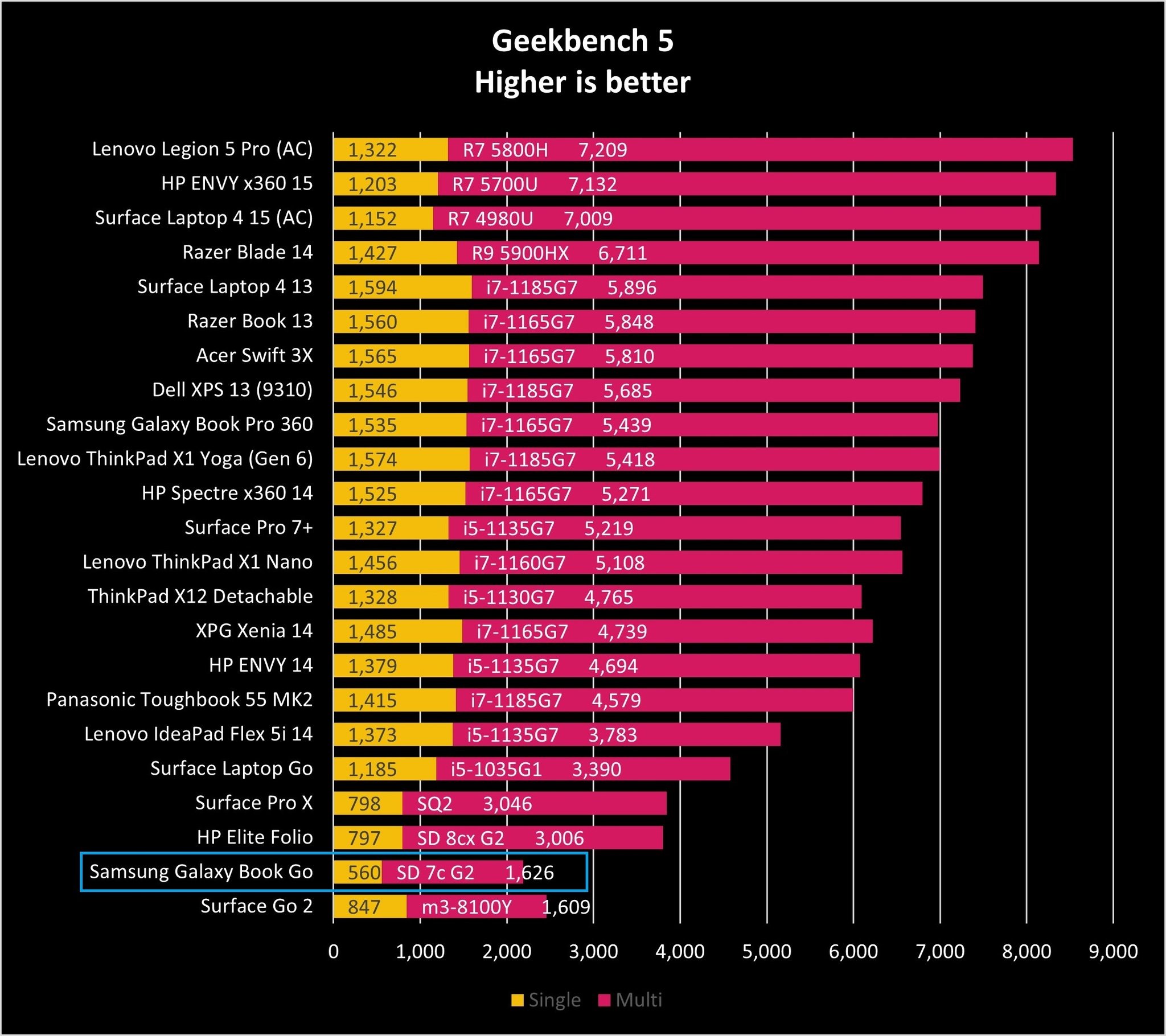
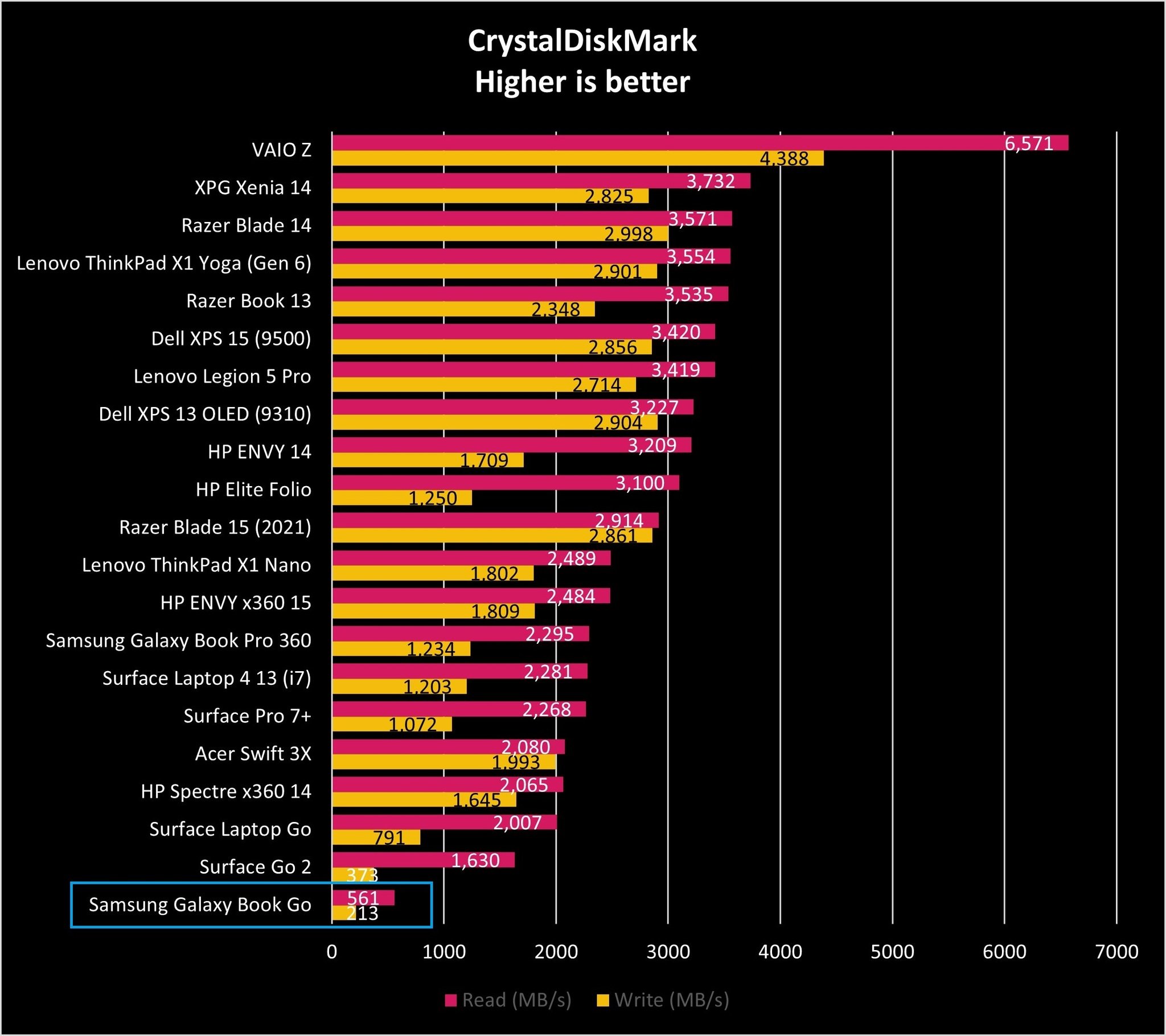
Storage is middle of the road. Whereas the entry-level Surface Go 2 shipped with slow eMMC, the Galaxy Book Go uses faster eUFS. That's not as performant as PCIe, but it does double the speed of eMMC, so that helps things.
The good news is the Galaxy Book Go does qualify for Windows 11, and our early testing has revealed a more responsive experience due to that OS being more optimized for ARM. While it won't make up for the overall lack of speed, it is accurate to say Windows 11 results in a slightly better experience on this device including 64-bit Office support.
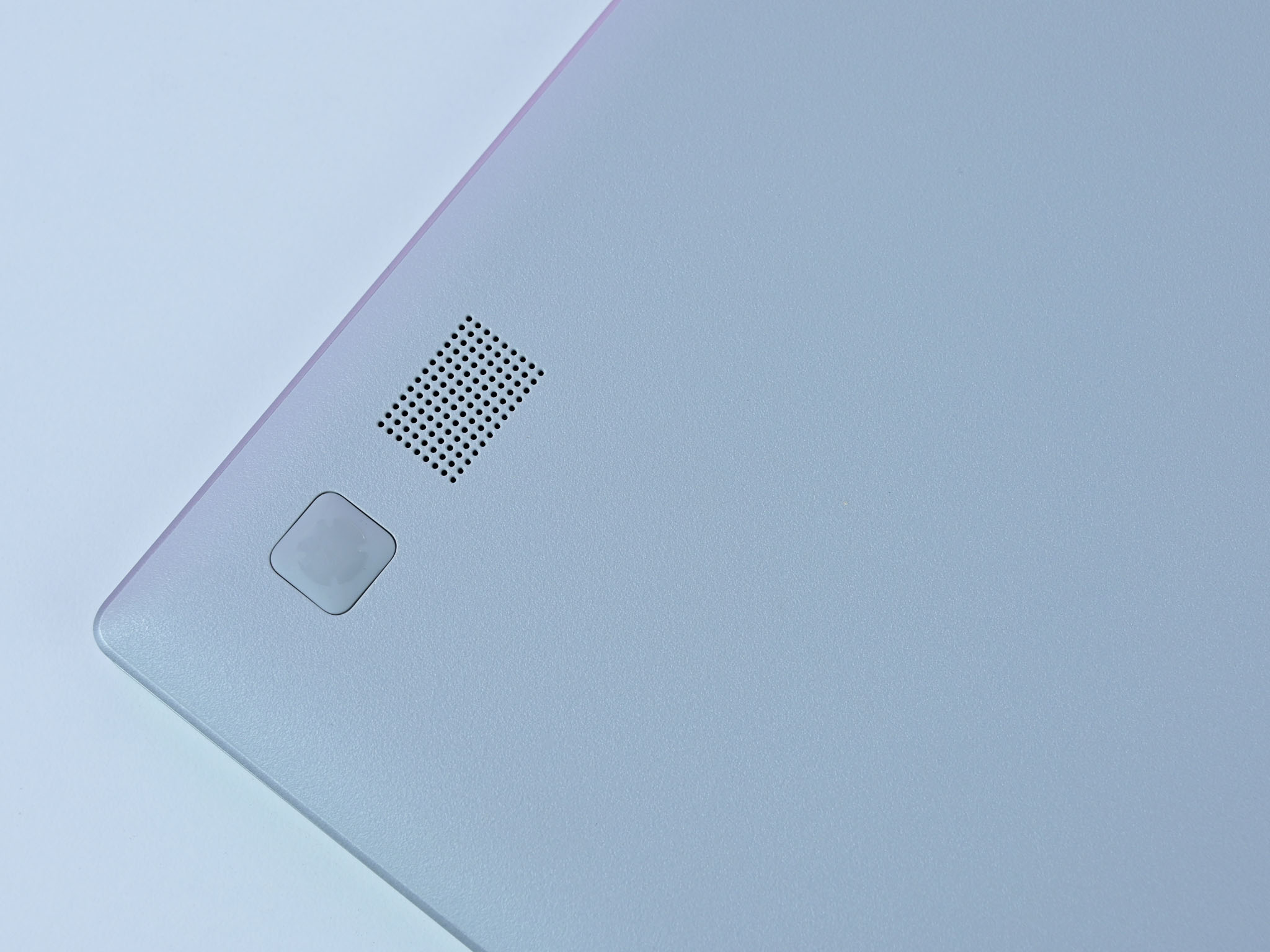
As you would expect from an ARM chip, hitting that seven-hour mark, battery life is decent, but it is certainly not exceptional. For standby, this laptop can last two weeks without even coming close to depleting its charge. It also turns on and resumes nearly instantly.
Finally, Samsung adds a lot of value with its bundled software (all removable, of course). There is Link to Windows (to pair your Android phone), Second Screen (which lets you use a Samsung tablet as a second display), Galaxy Book Smart Switch, Quick Share, SmartThings Find, and SmartThings Dashboard. It also supports Easy Bluetooth Connection with the Galaxy Buds. Additional bundled apps include Samsung Flow, Gallery, Notes, TV Plus, and Screen Recorder. You don't need to have a Samsung phone to leverage all of those, but if you do, the overlapping experience is fantastic, e.g., easy syncing of photos between devices. It's cool stuff and shouldn't be dismissed.
Samsung Galaxy Book Go: What's not good
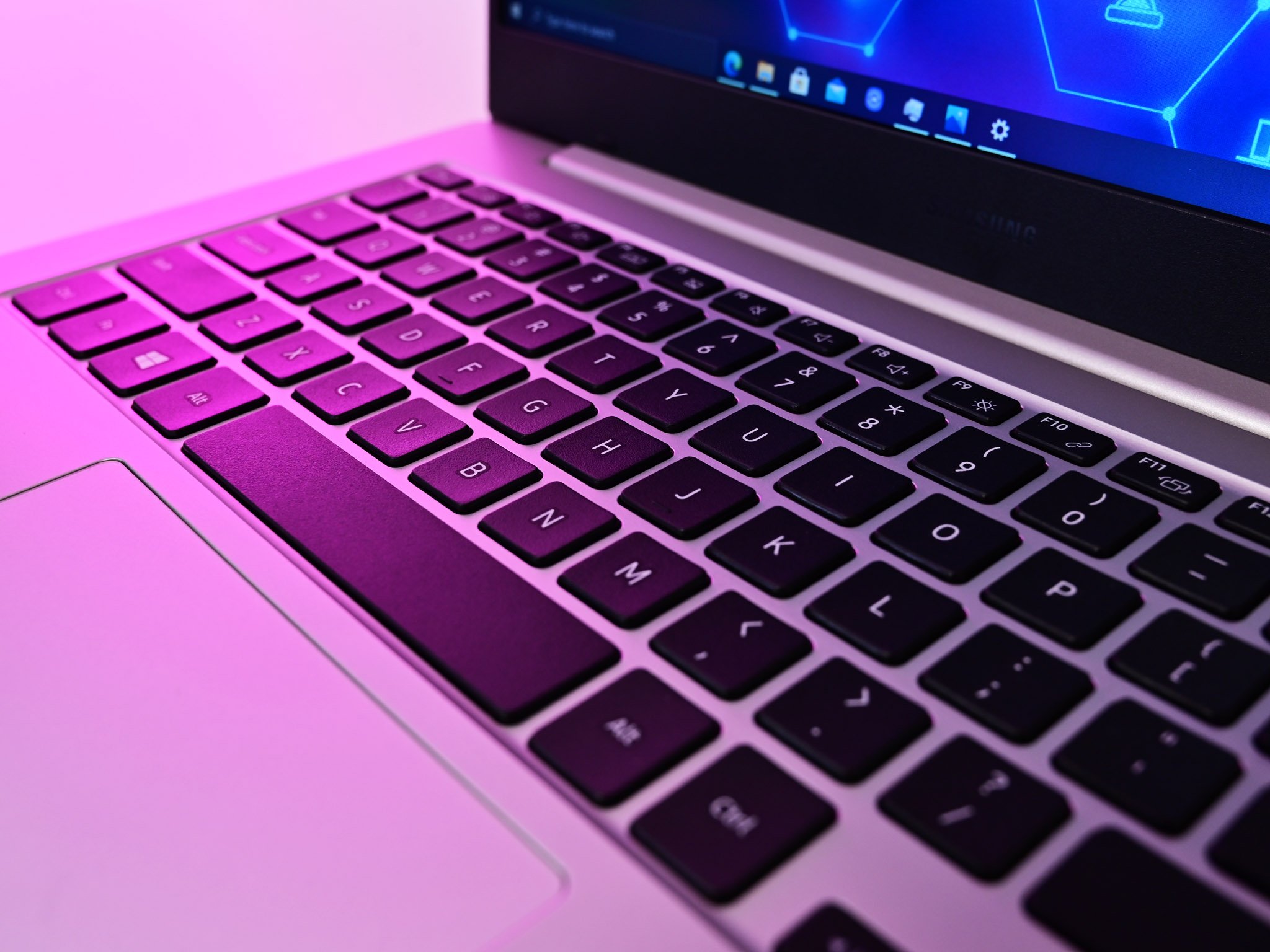
There are some negatives with the Galaxy Book Go. Still, it becomes hard to tease apart design faux pas from gaffs because this is a $350 Windows laptop — some reduction in quality and features need to happen; otherwise, why are there $2,000 Ultrabooks?
That said, here are some drawbacks at this price point.
There are no biometric Windows Hello abilities. You log in with your PIN or password, and that is it. You could always get a Type-A fingerprint reader, but then you sacrifice a port.
Samsung is using a TFT display, which is an older display tech from IPS, but also common in this category. TFT has worse viewing angles, color reproduction, and the calibration leans very cool (blue) on this laptop. It has a washed-out look to it. It earns 61% sRGB, 45% Adobe RGB, and 45% DCI-P3 for color reproduction. Brightness ranges from just four nits (dim, great for night work) up to 238 nits. Most premium laptops hit a brighter 400 nits, but the matte, anti-glare design helps with bright-light situations.
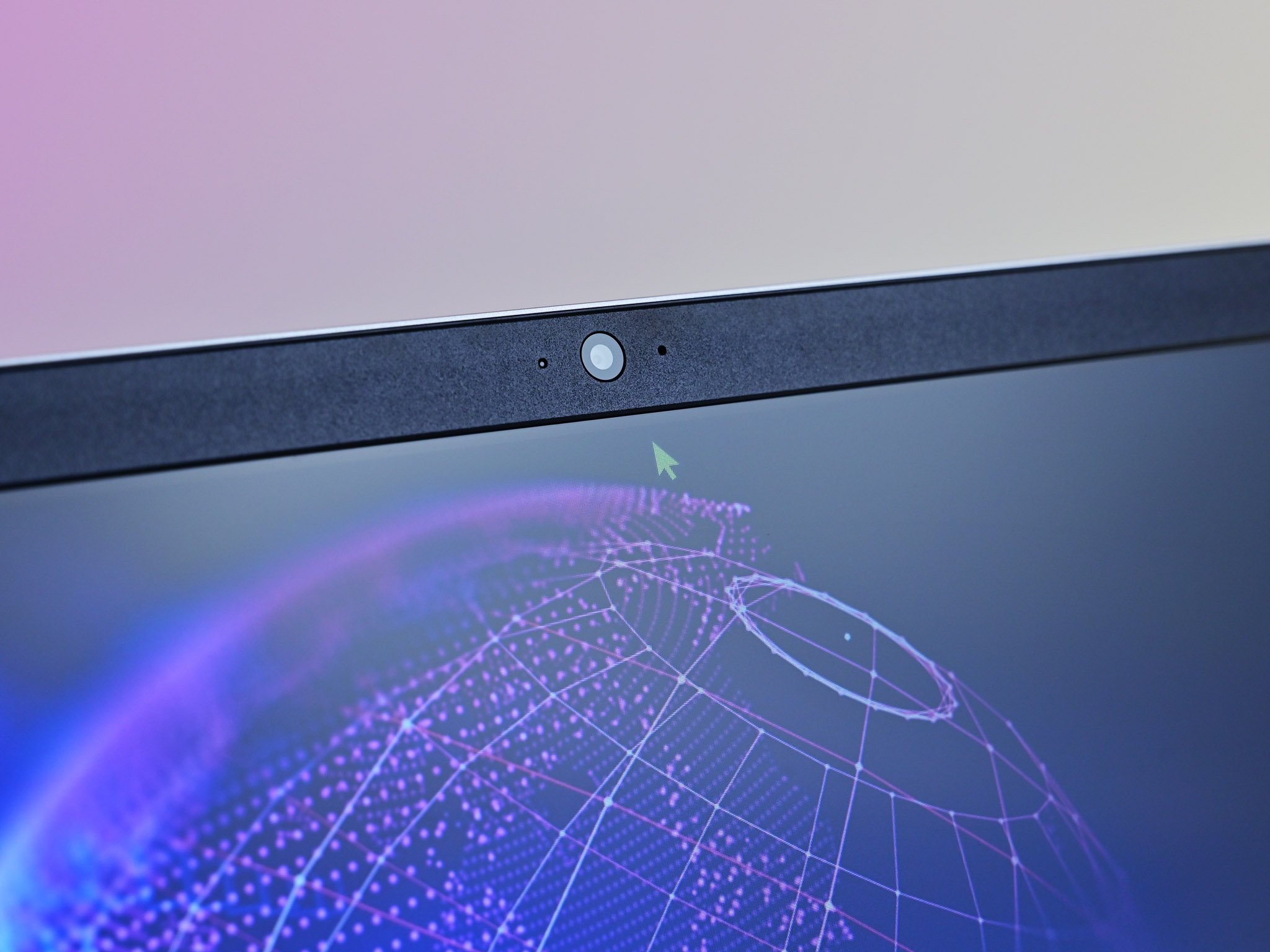
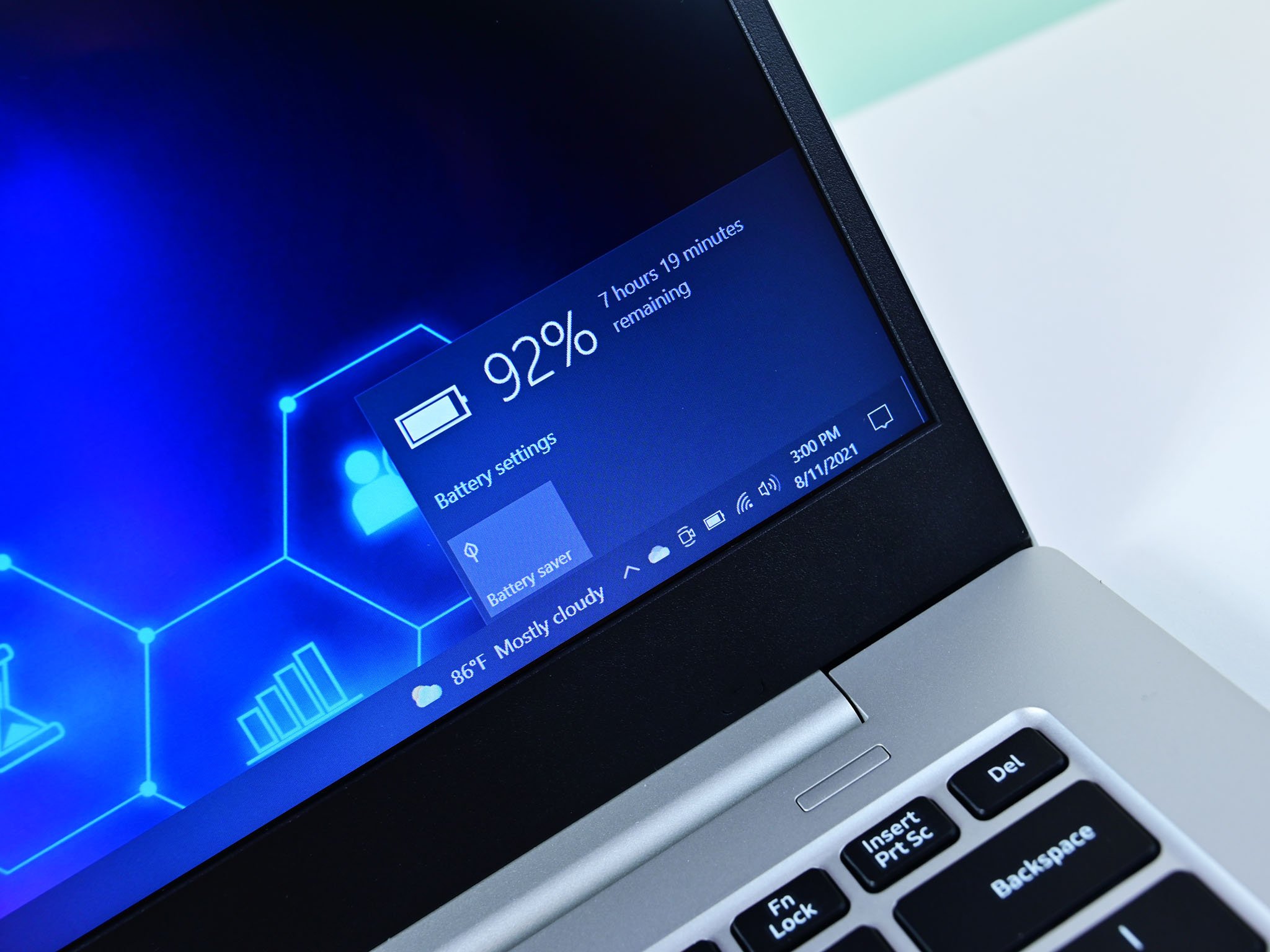
The keyboard, while excellent for typing, lacks backlighting. Even Microsoft cuts this feature on the Surface Laptop Go making it a standard omission.
Storage is minimal at 128GB leaving just below 70GB available. Moreover, that storage is the slower eUFS and not the higher-performing PCIe. The result is some slow read and write speeds compared to other laptops. However, it is still miles ahead of laptops with spinning hard-disk drives or eMMC tech.
The overall design of the Galaxy Book Go is very generic but also not contentious. It's what you expect for the $300-$350 mark, and while it doesn't inspire awe, it gets the job done even with some thick bezels around the display.
Samsung Galaxy Book Go: Competition
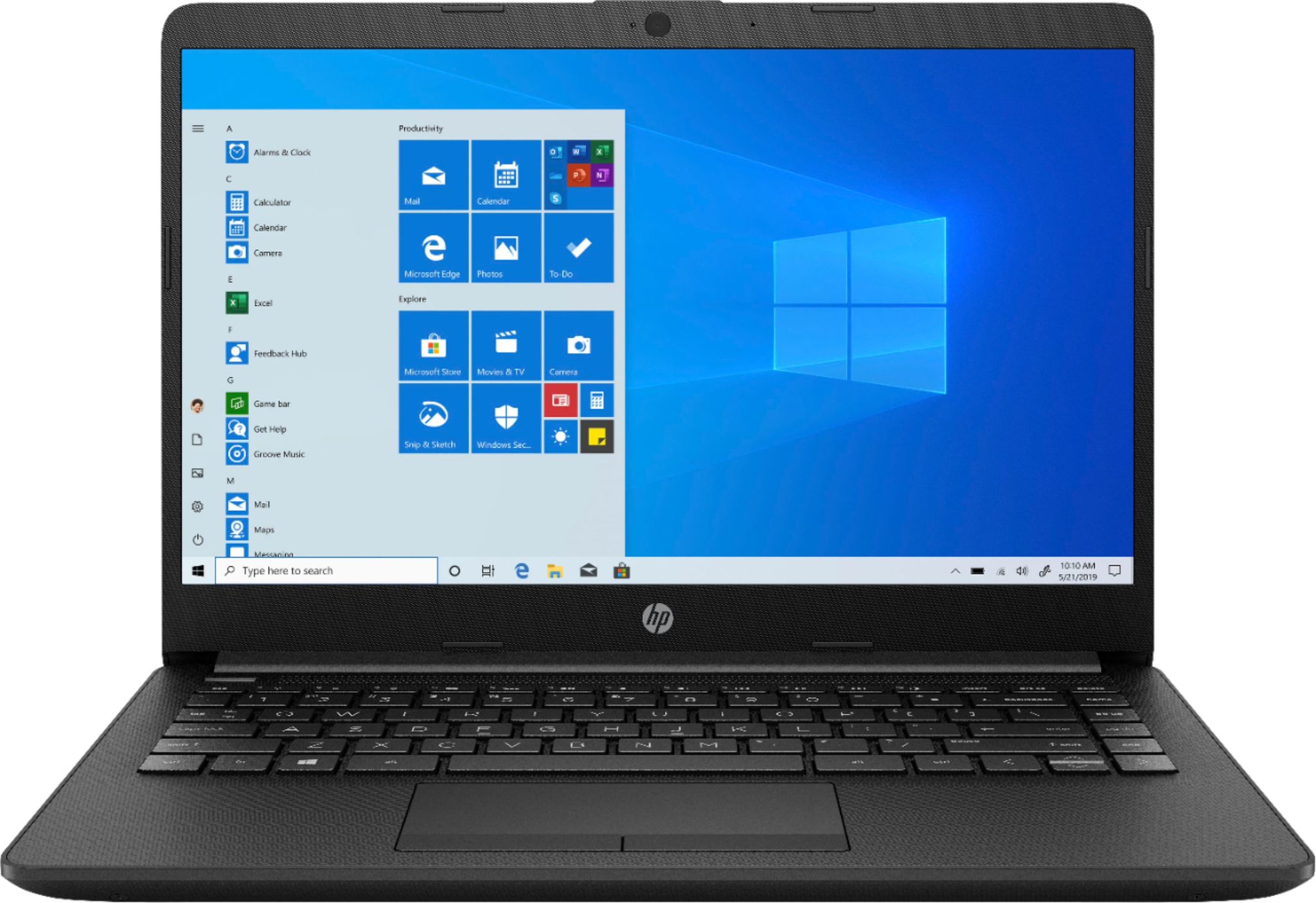
Microsoft's Surface Go 2 is a very different PC as it is a tablet with a much smaller 10.1-inch display, but also quite nice. The Pentium 4425Y CPU won't be any better, you get just 64GB of storage (entry-level), and with the Surface Type Cover (basically required), the price is around $470 after discounts making it more costly. That also doesn't include the Surface Pen if you want that too.
The Dell Inspiron 15 3000 can go as low as $270. It has faster storage, a larger 15.6-inch display but uses an Intel Celeron N4020 processor, which will be a tad worse than Qualcomm's 7c Gen 2, especially on multi-core performance. The screen is slightly lower resolution (1366x768 vs. 1920x1080), and being larger means you'll see fewer pixels per inch, resulting in more jagged edges. It is, however, an overall better-looking laptop with three Type-A ports (no Type-C) and HDMI. It's also a pound heavier, which is not incidental.
Similarly, HP has a generic 14-inch laptop (14-dk1013dx) with a lower resolution, 1366x768, non-touch display, AMD Athlon Silver 3050U (which scores worse than the Qualcomm Snapdragon 7c on Geekbench), 4GB of RAM, and faster PCIe 128GB storage. It is slightly heavier at 3.25 pounds (1.47kg) and sets you back $330.
You can find some slightly more expensive choices in our best budget laptop and cheaper ones in our best laptop for grade school students guides.
Samsung Galaxy Book Go: Should you buy it?
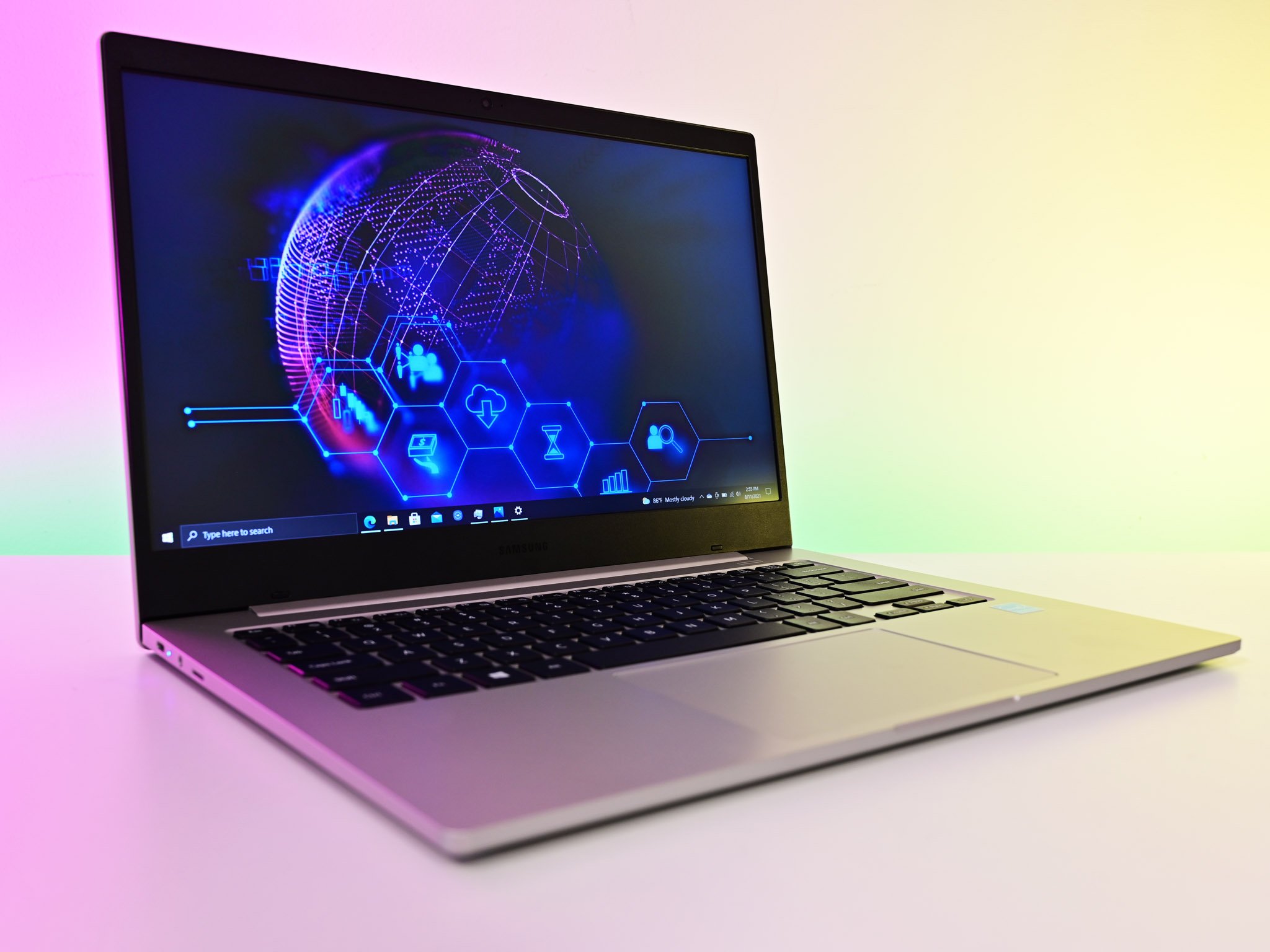
You should buy this if ...
- You're a student, or need a basic laptop
- You want a well-built, thin, and affordable 14-inch PC
- You need decent battery life and prefer fanless designs
- You want a good trackpad, speakers, and keyboard
You shouldn't buy this if ...
- You need to run older, legacy Windows software
The Samsung Galaxy Book Go is a very competitive offering from a brand traditionally known to be higher end. At this $300 price point, it is all about tradeoffs. Nearly all competing systems ship with the same measly 4GB of RAM, slower storage drives, and features like backlit keyboards or Windows Hello cut to reduce costs.
The Galaxy Book Go doesn't stray far from that formula, although there is supposed to be a model with 8GB of RAM and even 5G connectivity arriving in the coming months. That's an exciting value prop as we have seen only a few 5G laptops, and they are all, comparatively, costly.
It is hard to find much wrong with Samsung's attempt here making the Galaxy Book Go a good recommendation.
Like all Windows on ARM PCs, it also comes down to compromise with the software. The inability to run x64 apps in Windows 10 is a letdown, but it is also "fixed" in Windows 11, which is coming very soon. But for this market, sticking to Microsoft Edge (browser), Microsoft Office, Outlook, Spotify, Slack, photo editing in Affinity, or Adobe (especially with Windows 11), is all doable.
The problem is, while the Qualcomm Snapdragon 7c Gen 2 is a step up over current Intel and even AMD offerings at this price level, it is still inadequate. It's not like Intel Pentium Silver or Celeron processors, or even AMD Athlon Silver are hallmarks of outstanding performance either — indeed, they are often worse. We just need a bit more from Qualcomm.
But the hope for ARM shines brightly here: Fanless design, decent battery life (for the small battery), and finally, a price that hits that crucial entry-level market. I think, however, that the next-gen of Qualcomm budget ARM processors will be the ones to watch for in a device like the Galaxy Book Go. Those chips may finally leapfrog what Intel and AMD can do in this segment, and that is a story to watch.
Speaking strongly in favor of the Galaxy Book Go, nearly every other laptop in this category is bigger, heavier, noisier (due to a fan), thicker, and has slightly worse performance — that's kind of a big deal and vividly reveals the strengths of an ARM-based Windows PC.
Regardless, in terms of overall value, it is hard to find much wrong with Samsung's attempt here making the Galaxy Book Go a good recommendation if its tradeoffs don't bother you.

Daniel Rubino is the Editor-in-chief of Windows Central. He is also the head reviewer, podcast co-host, and analyst. He has been covering Microsoft since 2007 when this site was called WMExperts (and later Windows Phone Central). His interests include Windows, laptops, next-gen computing, and wearable tech. He has reviewed laptops for over 10 years and is particularly fond of 2-in-1 convertibles, Arm64 processors, new form factors, and thin-and-light PCs. Before all this tech stuff, he worked on a Ph.D. in linguistics, performed polysomnographs in NYC, and was a motion-picture operator for 17 years.
